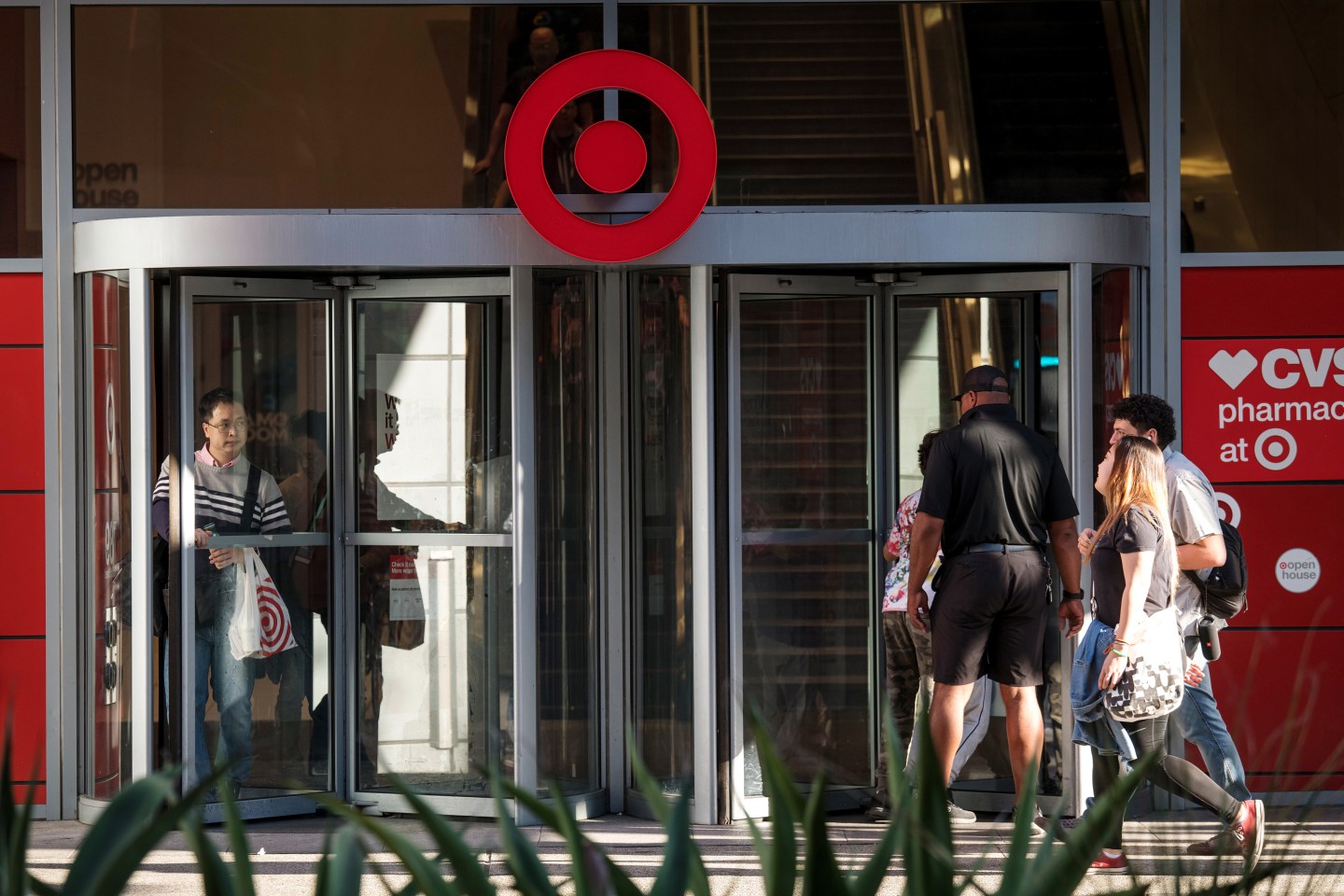While nicely renovated stores and belated but undeniable digital prowess have fueled Target’s astonishing turnaround, in the past few years, the big box’s success comes down to something basic in retail: People want what it sells.
Target has long distinguished itself from rivals like Walmart, Amazon, and increasingly in the past few years Kohl’s, Macy’s, and J.C. Penney by quickly building store labels that customers see as true brands, not cheap, derivative versions of others. That gives shoppers a reason to patronize Target over its competitors.
The company said on Monday that its All in Motion activewear and sporting goods brand, which includes sports bras, small weights, and yoga mats and launched about a year ago, hit the $1 billion-in-sales mark in fiscal 2020, which recently ended. That means Target now has an astonishing 10 billion-dollar brands it built itself on its roster, something only a few other companies like Procter & Gamble can boast.
Refreshing Target’s private-label portfolio has been one of CEO Brian Cornell’s top priorities in his more than six years at the helm. A few years ago, under former chief merchant Mark Tritton (now CEO at Bed Bath & Beyond), Target junked a number of tired, stale brands. The retailer has since launched more than 30 new ones in areas like clothing, home, and food. These include kids clothing label Cat & Jack (now a $2 billion brand) and Good & Gather, a food brand.
“Our owned brands are truly a differentiator for Target,” said Jill Sando, Target’s chief merchant, in a blog post. While it is true that the pandemic fueled the adoption of athletic wear as everyday wear, Target was able to quickly build a brand that appealed to customers and got them into stores.
As shoppers have consolidated trips during the pandemic, Target has been one of retail’s big winners. During the holiday season, its comparable sales rose 17.2%, and it drew more visitors to its stores than during the same period a year earlier. A lot of that has to do with its brands being credible and attractive.
Target’s success underscores a big challenge for retailers. Private brands offer more control over merchandise and bigger margins. But that’s predicated on shoppers actually wanting them. Kohl’s notably has reduced its private-label assortment in recent years to bet bigger on national names like Under Armour and Nike. Macy’s said before the pandemic that it planned to turn four of its labels into billion-dollar names, but that promises to be harder given its market-share losses to the likes of Target.
Target shares have essentially doubled in value since the pandemic was declared last March, and the company is expected by Wall Street analysts to report 2020 annual sales of $90.9 billion, according to Bloomberg data.
All this is not to say Target neglects national brands. On the contrary, as department stores have withered, Target has become an even more important avenue for certain brands: Target and Levi’s recently said they are ramping up their partnership; Ulta Beauty is set to open shops at hundreds of Target stores; and Disney is present at the discount chain’s locations.
More must-read stories from Fortune:
- The World’s Most Admired Companies in 2021
- Can anyone fix Wells Fargo?
- When you can buy the new rapid home COVID tests, how much they’ll cost, and everything else you should know
- IBM’s new path to a six-figure salary doesn’t require a college degree
- Peloton: An oral history—from “janky, broken” prototype bikes to Champagne bottle–popping












